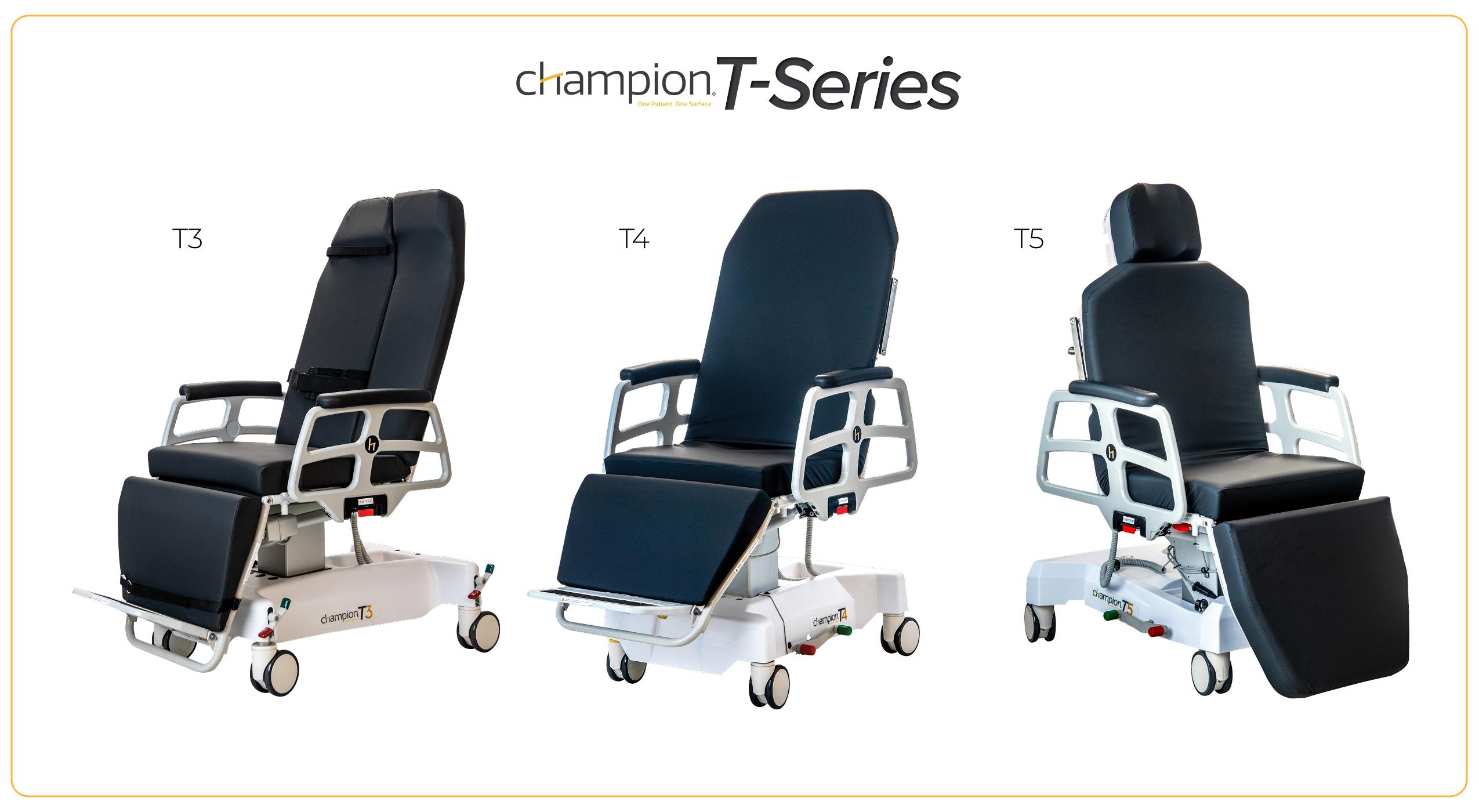
When a patient arrives in the emergency department (ED), the path forward can go one of two ways: inpatient admission or discharge. According to recent data, community hospitals see significantly higher ED discharge rates compared to their academic medical center counterparts. For surgery centers and outpatient facilities, this isn’t just an interesting statistic—it’s a critical insight into how patients access care, how providers manage patient flow, and where opportunities exist to streamline the patient journey.
A new report from Vizient’s System of CARE Scorecard highlights that nearly 61% of ED visits are emergent in nature. Yet, the disposition of those visits varies by setting. Community hospitals are more likely to discharge patients from the ED, while academic medical centers trend toward higher admission rates.
Understanding the factors driving these differences can help outpatient decision-makers—administrators, directors, and managers—better position their facilities for efficiency, patient satisfaction, and long-term growth.
Emergency Department Discharge Rates: What the Data Shows
The Vizient Scorecard confirms what many administrators have seen firsthand: emergency departments are under pressure. Rising patient volumes, increased complexity of care, and resource constraints compel providers to make rapid decisions about whether patients require hospitalization or can be safely discharged.
Key findings from the report:
- 61% of ED visits were considered emergent.
- Discharge rates were higher at community hospitals than at academic medical centers.
- Admission rates were higher at academic centers, reflecting their subspecialty capabilities and tertiary care focus.
For outpatient leaders, these trends highlight a significant shift: more care that once flowed into hospital settings is now being redirected downstream to ambulatory care facilities, surgery centers, and physician offices.
Sign up to get the latest industry news and offers right in your inbox
Why Community Hospitals Discharge More Patients

The difference in discharge patterns between academic and community hospitals comes down to four main factors:
1. Limited Inpatient Resources
Community hospitals often operate with fewer inpatient beds than large academic medical centers. When capacity is tight, physicians may prioritize admission only for patients who absolutely require hospital-level care, while safely discharging others to outpatient follow-up.
2. Local Patient Demographics
The populations served by community hospitals differ from those seen at regional academic centers. Smaller, more localized communities may present conditions that can be safely monitored or resolved in an outpatient setting rather than requiring admission.
3. Care Protocols and Referral Networks
Academic medical centers offer a broad range of subspecialty services. This naturally leads to higher admission rates, since patients can be quickly escalated to specialists within the same system. Community hospitals, however, often discharge patients with instructions to follow up with outside providers, ambulatory surgery centers (ASCs), or diagnostic clinics.
4. Financial and Operational Pressures
Community hospitals operate under significant financial constraints. By safely discharging patients and leveraging outpatient care pathways, they can preserve limited resources while avoiding unnecessary admissions.
How Higher ED Discharge Rates Impact Outpatient Surgery Centers
For outpatient facilities, this shift isn’t just a statistic—it’s a new operational reality. More patients discharged from EDs translates directly into more patients flowing into ASCs and other outpatient facilities.
Increased Demand for Follow-Up Care
Every patient discharged from the ED requires a care plan. Outpatient clinics and ASCs must be prepared to provide diagnostics, procedures, or consultations quickly, often within days of discharge.
Rising Outpatient Procedure Volumes
Many patients discharged from EDs are routed to outpatient surgery centers for minor procedures, endoscopy, wound care, or diagnostic imaging. For ASCs, this represents both growth potential and pressure on scheduling.
Greater Strain on Staffing and Workflow
Handling higher throughput with the same staff requires new levels of efficiency. Outpatient administrators must consider not just clinical staffing but also equipment, room turnover, and patient flow.
Patient Experience Becomes a Differentiator
Patients discharged from the ED are often anxious or dissatisfied with their initial care experience. Outpatient facilities that provide comfort, clear communication, and a sense of resolution can strengthen their reputations as trusted care partners.
Community Hospital vs. Community Health Center: Understanding the Difference
The terms sound similar but describe very different organizations:
- Community Hospitals: Full-service hospitals that provide emergency, surgical, and inpatient care to defined geographic populations.
- Community Health Centers: Outpatient-only clinics, often federally qualified (FQHCs), that provide preventive and primary care to underserved communities.
Read More: “What Is a Community-Based Health Center?”
In this blog, we are focusing on community hospitals, where higher ED discharge rates are creating ripple effects throughout the outpatient care landscape.
What Surgery Center Leaders Should Do in Response to Higher ED Discharges

As more patients are discharged from EDs, outpatient leaders must adapt strategically. Three areas of focus can help:
1. Strengthen Care Coordination Pathways
Work directly with community hospitals to create efficient referral pipelines. When patients are discharged, ensure your ASC is positioned as the go-to partner for timely follow-up and outpatient procedures.
2. Expand Same-Day and Short-Stay Capacity
Many discharged ED patients require procedures quickly but don’t need hospitalization. Position your ASC to manage these urgent-but-not-emergent cases, providing flexibility in scheduling and capacity.
3. Invest in Patient-Centered Care Environments
Outpatient facilities that make patients feel comfortable, informed, and cared for gain a competitive edge. This includes everything from staff communication to the comfort of clinical equipment.
Equipment’s Role in Managing Higher Outpatient Volumes
As patient volumes rise, small inefficiencies in workflow compound quickly. The right equipment can make the difference between smooth throughput and operational bottlenecks.
- Efficiency: Multi-use procedure chairs reduce unnecessary patient transfers and streamline care.
- Space Utilization: A compact footprint maximizes treatment space without compromising function.
- Caregiver Ergonomics: Adjustable positioning helps protect staff from strain, thereby reducing the risk of turnover.
- Patient Comfort: Comfortable, modern equipment builds trust and confidence in the care process.
For administrators, investing in equipment that meets these criteria is not a luxury—it’s a necessity for sustaining growth and patient satisfaction.
The T-Series: Built for the Demands of Today’s Outpatient Care

At Champion Healthcare Solutions, we designed the T-Series of procedure chairs to meet the exact needs of today’s surgery centers, particularly as outpatient volumes rise due to higher ED discharge rates.
With One Patient, One Surface®, the T-Series supports transport, the procedure, and recovery in a single unit, eliminating unnecessary transfers while improving efficiency. Its ergonomic design allows for smooth positioning that reduces caregiver strain and enhances procedural access, while its compact footprint makes it ideal for ASCs where every square foot counts. Built for clinical versatility, the T-Series adapts seamlessly across emergency, endoscopy, GI, and surgical procedures.
Community hospitals are discharging more ED patients than ever, and outpatient facilities are absorbing the difference. With the T-Series, your surgery center can stay ahead of the curve, streamlining workflows, supporting staff, and delivering patient-centered care at scale.
Explore the T-Series Procedure Chairs today. Then, connect with a Champion team member to determine the best fit for your facility.
